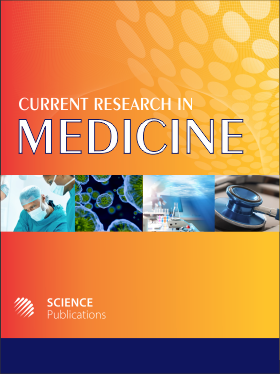Is Cancer Recurrence Postponed By a Treatment? A New Model Answers
- 1 Texas State University, United States
Abstract
During a treatment period of a cancer patient, the medical team ponders over a question: Is patient’s cancer recurrence significantly postponed by the medication, even if the illness is not completely cured? This question could be answered with data evidence if the data are analyzed with an appropriate model and a suitable methodology. A scanning of the literature reveals that no suitable technique now exists. Hence, there is a need to develop a new probability model and to formulate a statistical methodology. Both tasks are accomplished in this article to answer the above question. The Exponential Distribution (ED) is traditionally employed to portray the chance for a patient to survive beyond a given time, t>0. Because of its memory less property, the exponential distribution lacks an ability to answer whether the medication has significantly postponed the cancer recurrence for a patient. In essence, this memory less property assumes that a patient’s body functions with no memory. This notion of memory less is quite unreal with respect to cancer recurrence as it is contradictory to the medical belief of medicating a patient with an intention to stop or at least postpone cancer recurrence in a disease management. This article takes an approach by adding a prolonging parameter, ρ≥0 to the exponential distribution to represent the medication’s effect on the survival chance for a patient without a cancer recurrence. Because of the prolonging parameter, the probability structure of the exponential distribution gets altered and it is explicitly explained in the article. The altered exponential distribution is named Prolonged Survival Exponential Distribution (PSED). The properties of PSED are derived and then utilized to analyze patients’ cancer recurrence data. Also, likelihood ratio based statistical methodology based on PSED is derived and illustrated to address whether the medication has significantly postponed the cancer’s recurrence time in a particular patient. An analysis of recurrence times of three groups of sixteen bladder cancer patients was done. The first is the placebo group with seven patients. The second and third group consist respectively three and six patients receiving thiotepa and pyridoxine medication. The probability plots of their recurrence times confirm that the data do not follow an exponential distribution. The data analyses results reveal interesting statistical information about how effective the medication had been on each individual patient. Without the new model, PSED and the likelihood ratio testing methodology of this article, a patient specific interpretation is not possible. The medication worked in some but not all patients. The medication is thought to have not worked in a patient, when his/her estimate, ρ is closer to zero. However, on the average, the 2nd bladder cancer recurrence time is quicker in place group, next in pyridoxine group and much later in tholepin group. The new model, PSED and the likelihood ratio test of this article would be useful to analyze and interpret the probability pattern of recurrence times and whether the medication has significantly prolonged the next recurrence time of other cancers like melanoma, ulcer, ovarian. Also, the contents of this article have established a foundation to build a generalized regression methodology to identify predictors for increasing the survival time of cancer patients with more patients’ data.
DOI: https://doi.org/10.3844/amjsp.2013.43.62

- 3,724 Views
- 2,309 Downloads
- 0 Citations
Download
Keywords
- Likelihood Ratio
- Exponential Distribution
- Power
- P-Value
- Memory Less Property
- Survival Function
